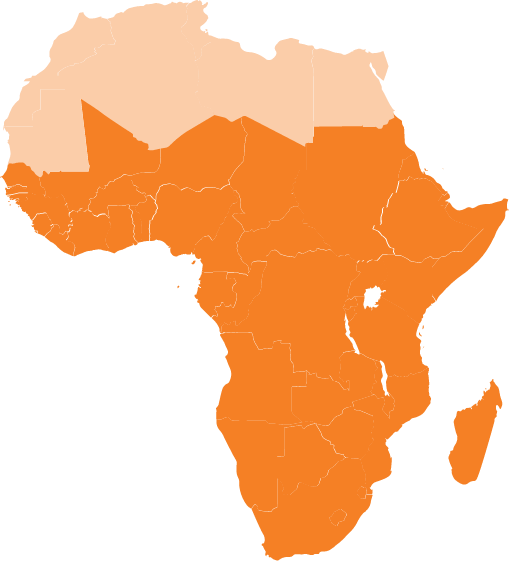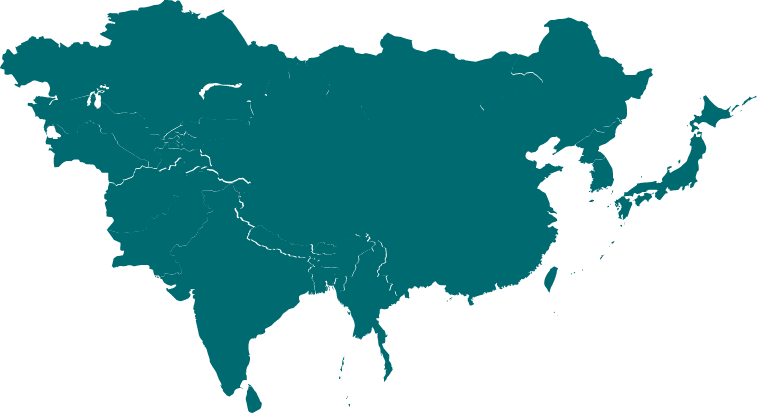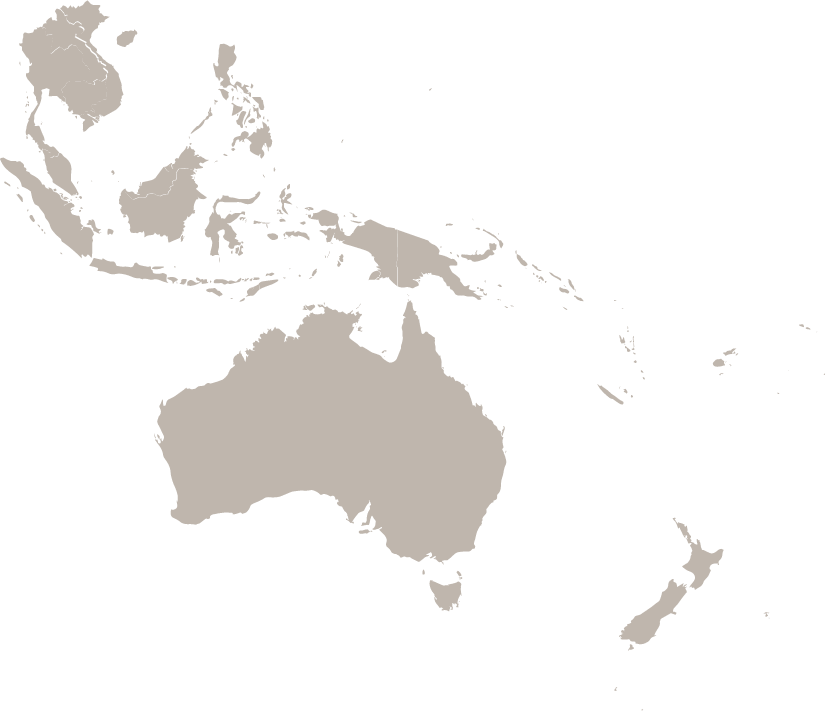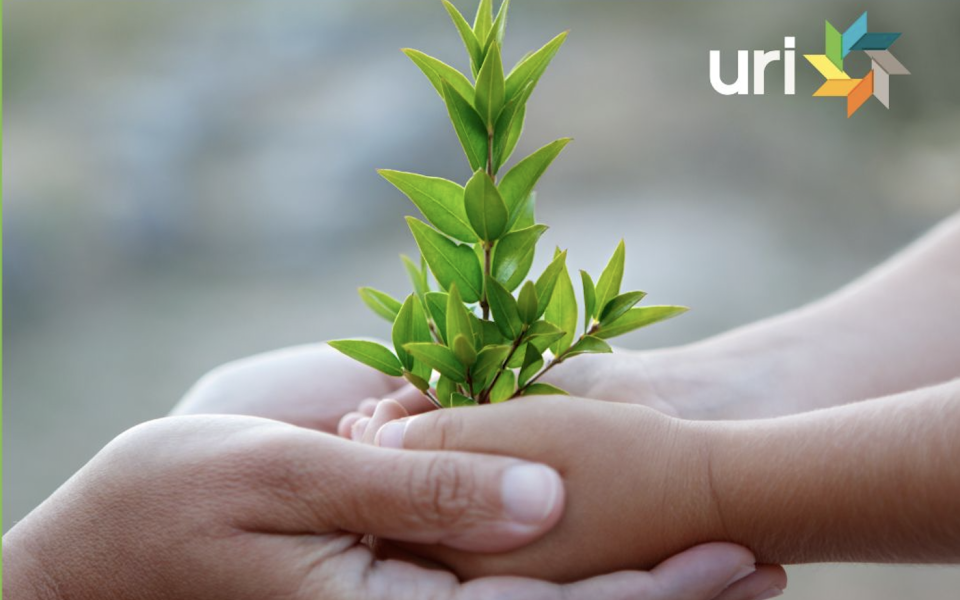
Mother Earth is our shared home and its imperative to revive, renew, and restore it for now and future generations.
Since its inception, URI, cooperation circles, and individual members have been involved in various actions to protect and restore Mother Earth through daily efforts like getting involved in local afforestation like Nthora CC in Malawi, supporting communities to make conscious choices to minimize waste, advocating for renewable energy, protecting local wildlife, educating and advocating on environmental sustainability and restoration, engaging in conversations to raise awareness and inspire action towards care and restoration of mother earth within their communities.
Young people across the URI network participated in the third URI Youth Challenge which encouraged them to participate in an earth restoration initiative in their community.
Here are some of the reflections from participants
Anthonia Folashade, Lawal from Nigeria planted a neem tree (Azadirachta Indica), called Dogoyaro among the Yoruba people of Nigeria.
“What inspired me? In my community, people sing praises of Neem; they talk about how it is important to have it handy or just anywhere close to you because of its numerous benefits to humans and to mother earth.
The Women, Youth, and men are always happy when they are able to place their hands on “Dogoyaro”. They believe that the moment they are able to grasp some of its leaves and use it appropriately, they will be well to a very large extent.
Apart from the fact that Neem is beneficial to the human body and its spiritual advantages too which is warding off evil occurrences, Neem does a lot to the Earth, some of which include;
- It helps to reduce greenhouse gases through photosynthesis, thereby absorbing large amount of carbon dioxide and producing energy.
- Another important benefit is that Neem has the ability to stand tall in every season, it is able to withstand all manner of pollution including air and water. It is also able to absorb heat.
- Neem has a high tendency of restoring and maintaining soil fertility, etc.
Inspired by the popular quote by Thomas Fuller, “He that plants trees, love others besides himself”. And because I am a person that loves everyone, without boundaries, this also influenced my decision to plant Neem. It was one of my little ways of giving back to my community.
I believe that planting of trees are not only for aesthetics, that is, to beautify our surroundings, but they (trees) also play a crucial role in maintaining environmental balance and combating the adverse effects of human activities on the environment.
With this challenge, I am practicing URI’s principle number 10: “We act from sound ecological practices to protect and preserve the Earth for both present and future generations”.
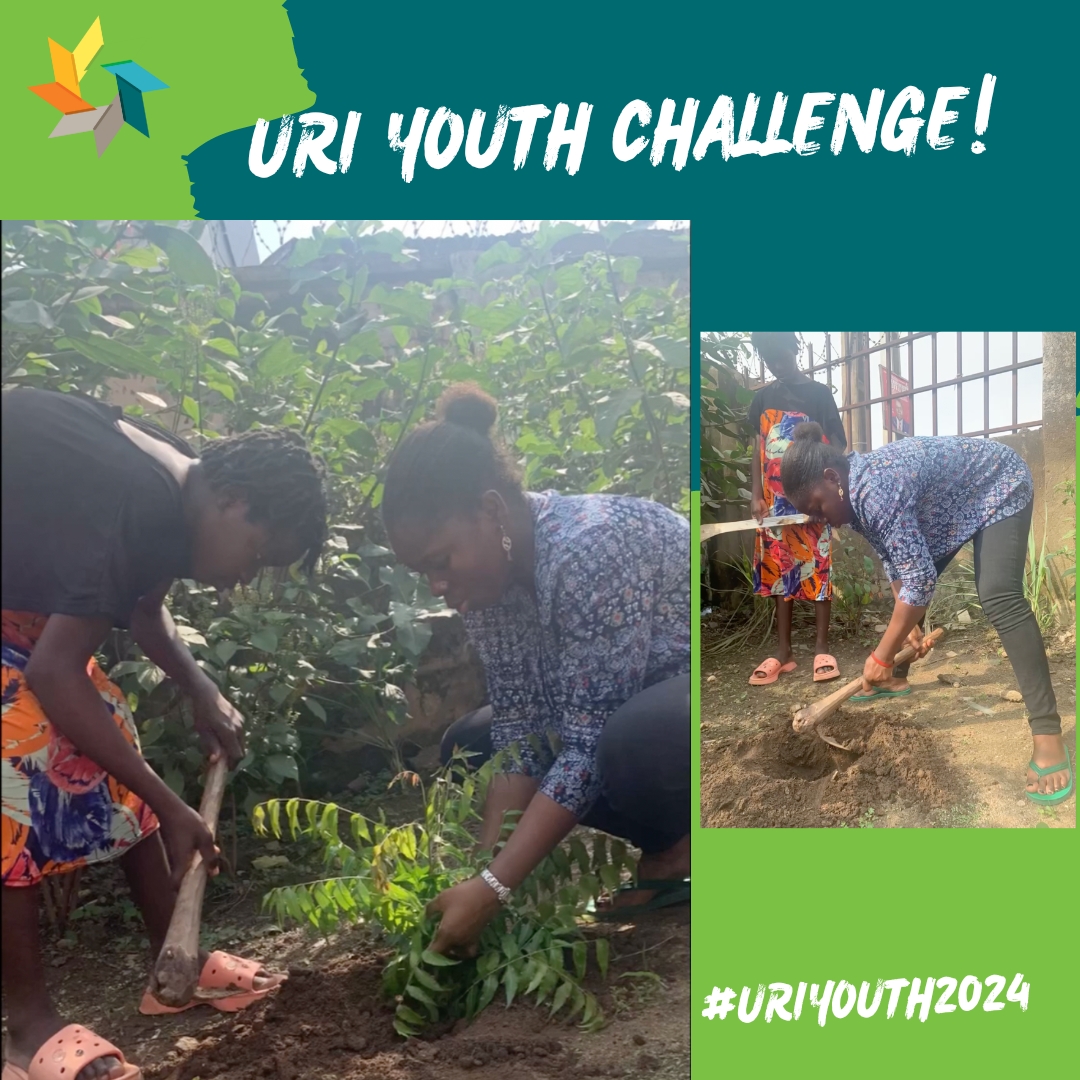
Hasan Abo Ali shared amazing reflections from the Samaan camp.
“The children of Samaan Camp and I planted olive trees, and I explained to them the benefits of trees, including the self-sufficiency that trees bring us over time, a good harvest, achieving self-sufficiency, and preserving and caring for the environment. land. Trees are like lungs that give us a good climate in this universe and livelihood. On Earth in peace and achieving a just climate away from things that destroy the Earth and the climate, every child must grow there to be like a seed that grows to work for love, peace and love.” Hasan

Emmy Bwambale from Uganda led a tree planting drive with the support from Alliance for Development Cooperation Circle.
“Leading a tree planting drive offered profound insights into environmental stewardship and community engagement. Participants often realized the tangible impact of their actions on local ecosystems, fostering a deeper appreciation for biodiversity and the role trees play in carbon sequestration, soil health, and habitat creation. The collective effort of planting trees is incredibly inspiring. Witnessing community members come together for a common cause instills hope and reinforces the idea that grassroots movements can lead to significant change. The sight of young trees being planted symbolized renewal and resilience, motivated participants to continue advocating for climate justice. “

Musoki Rusia participated in a community clean up event.
“ I am glad that I participated in the clean-up exercise that took place in my town.”
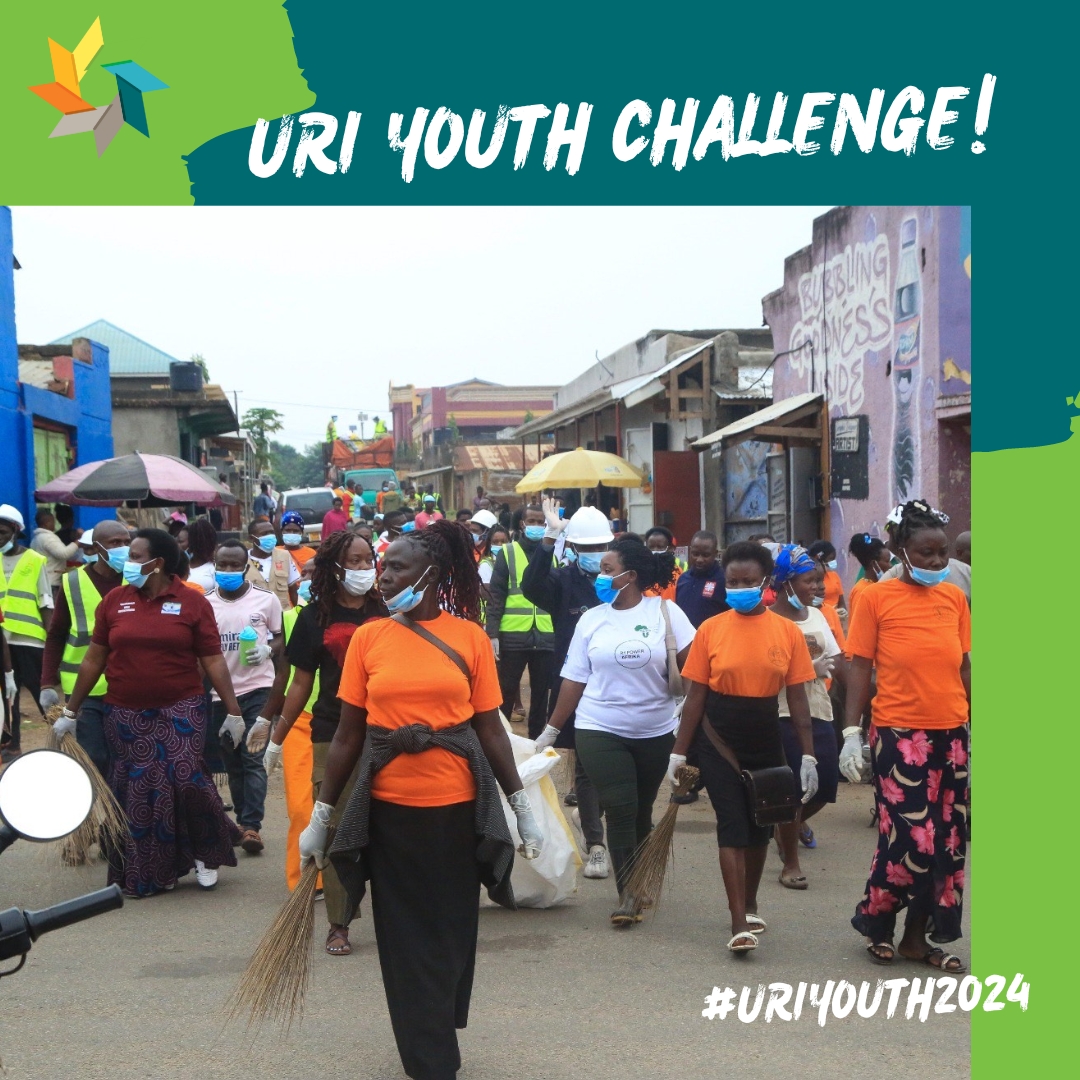
Fadwa Faqueer is a teacher from Jordan and engages students in discussions about environmental sustainability and threats to the environment.
“Here my students learned about polar animals and that they are threatened by global warming and the bad impact of the emissions of greenhouse gases on our beloved globe.” Fadwa

Nicholas Garpue Lee from Liberia shared;
“Making your own garden in your home and at your farmland are one of the way of cultivating cultural peace, it also brings together elders of a town and normalizes relationships without cultural diversity and discrimination. Restoring land has numerous benefits. Such as improving soil fertility, increasing water retention, and preventing land degradation. It also helps in conserving biodiversity by providing habitat for plants, animals, and microorganisms, thus supporting overall ecosystem health.” Nicholas

Angie Latif from Indonesia shared;
“ I’m in the planning and early exposure phase of introducing Buy Nothing project in my residential community. To reduce waste, clutters, and to foster a regenerative economy. Hopefully this initiative can be applied in every neighborhood in Jakarta From my experience in the US, this project also becomes an opportunity to foster relationships as this project is strict on the neighborhood borders to ensure that the specific community is strongly connected. I hope that through regenerative economy AND strong relationships in the neighborhood, we can promote daily enduring interfaith cooperation.”

Romina shares;
Hola, perdón por la demora de este Challenge. Cómo todos los años en nuestro municipio preparamos macetitas de árboles al azar, con gente que quiera colaborar, para entregar a la gente que quiera plantar los en su vereda o patios, ya que actualmente por cuadra de 100m hay 2/3 árboles (como mucho), ni siquiera en sus patios internos tienen árboles, por lo contrario, talan.. Así que por la importancia que tienen los árboles en nuestra vida estamos repartiendo plantines de árboles y ofreciendo su correcta plantación.
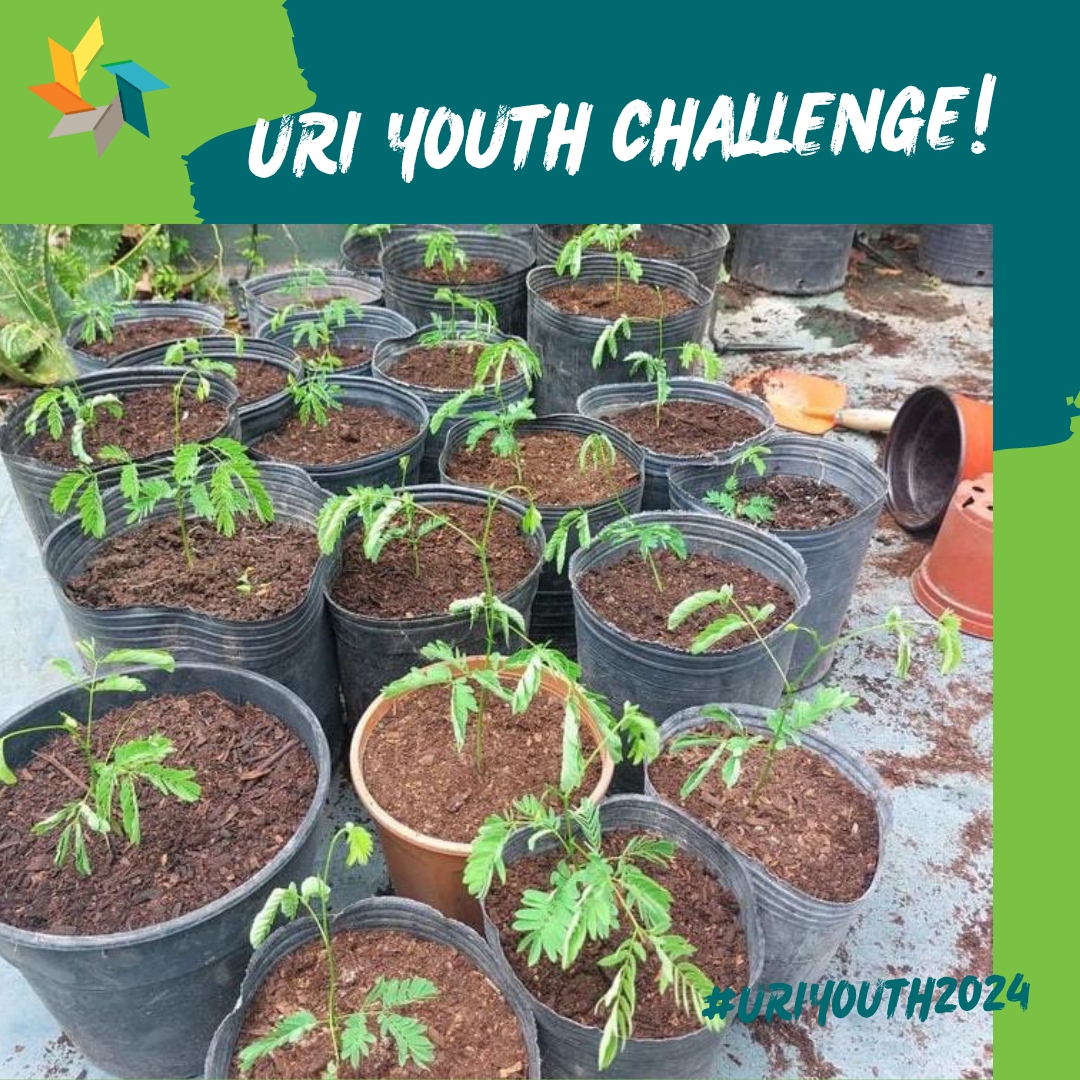
Thank you to all who took part in this challenge!
